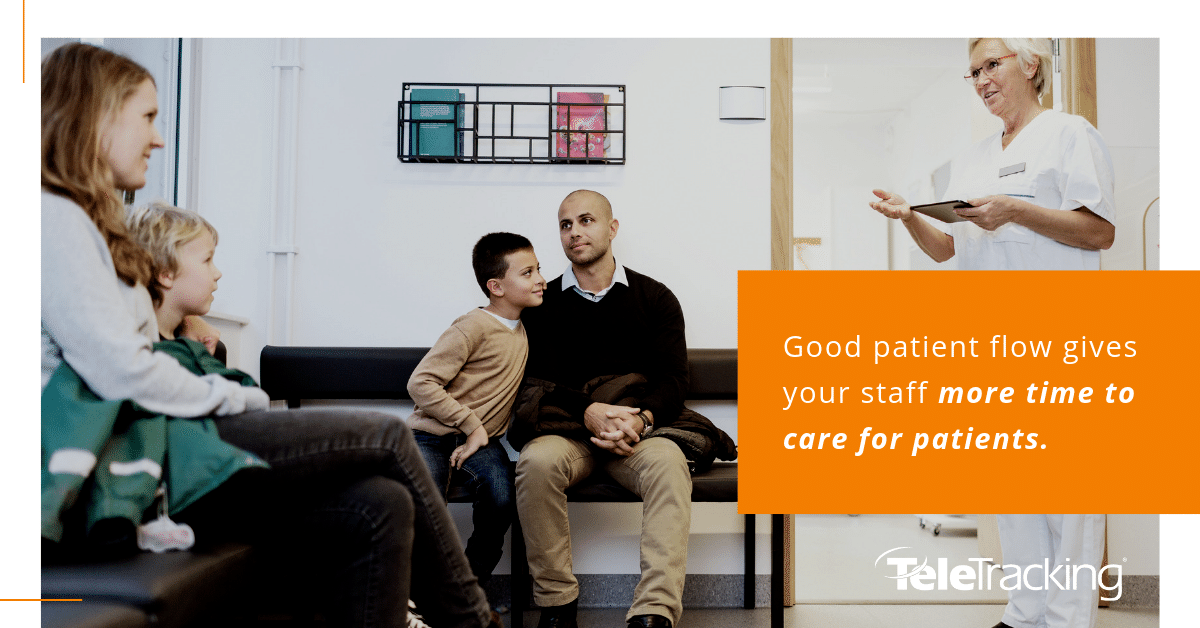9 Ways to Improve Patient Satisfaction in 9 Weeks
If no-shows got you down, or you’ve seen a decline in new patients, chances are you may be suffering from a serious case of poor patient satisfaction. Patients have choices, and if they have a less-than-stellar experience at your practice, they may choose to go elsewhere.
Fortunately, a few changes can show immediate returns, and if you’re willing to make a long-term investment in your practice’s operations, you’ll see sustained improvements.
Week 1: Address negative patient satisfaction immediately
Even if you don’t have an automated mechanism for eliciting feedback, you know you’ll still get feedback. Try to stay on top of review sites, if you can, but even more importantly, don’t let your patients fall asleep angry. Managing one’s health is stressful enough without dealing with bad or confusing customer service at the place that’s supposed to help. If you get an angry email or a patient hangs up abruptly, call them within an hour to get to the bottom of the issue and reassure them that you’re there to help.
Level up: Send short, automated, anonymous surveys at checkout so they can immediately tell you how their appointment went (and even share good experiences on social media).
Week 2: Offer free Wi-Fi in the waiting room
Boredom is the enemy of satisfaction. Keep your patients busy, and you’ll keep them happy—or at least make them forget that they’re at the doctor’s office. So, this one should be a given─offer free Wi-Fi. Most of your patients will come in with smartphones, and if they’re parents, their kids are likely to be smartphone-savvy—and nothing cures boredom like Angry Birds. Be sure that your password is easy to type, large-print, and available in multiple locations in the waiting room.
Level up: Offer tethered iPads next to a supply of antibacterial screen wipes.
Week 3: Show that you love your neighborhood
Hang a community bulletin board open to public flyers. Keep an active social media page where you share anecdotes and articles. Plan an open house with food and entertainment. The more your patients know you’re engaged, the more they’ll want to engage with you.
Level up: Sponsor a youth sports team or rent a booth at your town’s street fair so you can see your patients in the off hours.

A mural of Pittsburgh neighborhoods in KidsPlus Pediatrics, a multi-location practice.
Week 4: Tell patients their wait times in the waiting room
We know that patient satisfaction is directly linked to wait-times. Done well, this takes some time (and maybe new software) to implement, but it could be as easy as taking a cue from your favorite restaurant: when patients sign in, welcome them with a smile and say, “The current wait is about 5 minutes.” Theoretically, you know how many patients and physicians are in-house, so your staff should have a pretty good idea of how long any particular patient might be waiting.
Of course, if you really want to do it right, implement software that includes waiting room kiosks and boards. After checking in, patients are assigned a confidential number, and they can view their progress on a digital screen. Well-informed people are willing to wait longer, so a little bit of communication goes a long way.
Level up: Provide your patients with remote check-in so they can view the wait before they arrive at your office.
Week 5: Allow them to fill in electronic forms once (unless their info has changed)
While some forms are good to update at each visit—for instance, mental health questionnaires—insurance information or emergency contacts should only be required when they change. Keep your patients’ information in a database so you can send it to them before the appointment to confirm that they don’t need to fill out a new form.
Level up: Automate the forms so they get submitted to your staff upon completion.

2/3 of tech-savvy seniors want access to health information from home. Source.
Week 6: Text appointment reminders to patients
You’ve spent hours on the phone, reminding patients of their upcoming appointments, chasing voicemails and answering machines in an effort to reduce no-shows. Sending emails can save time, but elicit uneven results─email might end up in a junk folder.
Text messaging engagement rates are 6 to 8 times higher than email engagement. They’re easy, fast, effective, and automated, if you have the right software. They can be scheduled at intervals, and you can configure them, include links to forms or resources, and even integrate newsletters.
Level up: Get two-way texting so your patients can confirm their appointments through text.
Week 7: Allow patients to schedule their own appointments online
Pick any random person staring at a smartphone, and it’s a good chance they’ve ordered something online in the last week. Maybe they’re streaming movies on Netflix, ordering cars on Uber or Lyft, or downloading the latest podcast─whatever it is, it’s easy, fast, and online. If I can reserve a table at a restaurant, why can’t I make my doctor’s appointments online?
With a robust patient self-scheduling software that enables patients to find and schedule an appointment in a few clicks, you can decrease your front office manual labor and attract a new generation of patients who expect a fast, painless, digital experience every time.
Level up: if you have multiple locations, include a geo-locator so patients can find the doctor closest to their location.
Week 8: Manage patient flow in your office better
From the moment a patient walks in your door, they’re depending on you for a seamless, pleasant experience. Visits to the doctor are rarely enjoyable, per se, so any places where you can reduce friction will be sure to improve their experience. In addition, your staff also wants a seamless experience─lost folders, frustrated patients, delayed doctors all contribute to their stress, as well.
With better patient flow, your staff will know how many patients are waiting, and for how long. They’ll know who’s in which room and whose vitals haven’t been taken yet. Patients will know when they’ll be called to an exam room, and when they get there, they won’t have to wait too long. Good patient flow adds predictability, reduces friction, and ultimately gives your staff more time to care for patients.

Good patient flow gives your staff more time to care for patients.
How do we achieve better flow? Invest in an application designed to manage patient flow. Staff can glance at a shared dashboard and immediately see who’s been waiting, for how long, and where. They’ll spend less time managing appointments and more time caring for patients.
Level up: Find an application that includes flags so your staff knows if a patient has special needs, like a wheelchair.
Week 9: Learn from the data
At the end of two months, you should have a strategy in place that allows your staff to recognize and improve key performance indicators. What are your no-show rates? Left Without Being Seen (LWBS)? Average wait time? Once you know these, you can improve them—and when they’re really great, even share your short wait times on your website and social media.
Tracking key performance indicators [KPIs] isn’t always easy. Without an application that manages your operations, this kind of information might be largely anecdotal, and basic scheduling apps rarely provide real-time analytics. As the healthcare industry becomes more and more dependent on metrics, getting hard numbers and showing quantifiable improvement could do more than just improve your patients’ experiences—it could also bring more revenue into your practice through higher reimbursements and increased retention.
Level up: Implement an application that includes dashboards so you can see day-to-day improvements in KPIs.
Improve patient satisfaction every day, starting now.
If this timeline seems ambitious, remember that with the right application, you’ll be able to do all this and more. In less than a single quarter, you could completely reboot your practice’s patient engagement and workflow. With applications like TeleTracking’s cloud-based Community Scheduling & Workflow, you can text reminders, provide waiting room boards, electronic forms, and support self-scheduling and improved patient flow with real-time analytics.
Today is the day to begin improving your patient satisfaction. Happier patients mean happier staff; happier staff means more happy patients. They’ll spread the word about your practice, and by next quarter, you could see a substantial bump in new patients, returning patients, and patient satisfaction overall.
To learn more about how to improve patient satisfaction and experience, download TeleTracking’s ebook, “Improve Patient Experiences Every Day: How the Right Patient Flow and Scheduling Solution Can Improve Patient Outcomes, Enhance Staff Productivity, and Grow Your Practice.”
We're glad you're enjoying our resources! Please tell us more about you to access our full library.
This will allow us to personalize your experience on TeleTracking.com. Of course, we will never sell your information and you can opt-out at any time. Need help now? Contact a Patient Flow expert.
Leaving the website
You're about to leave this website, to one of our affiliates or another information source.